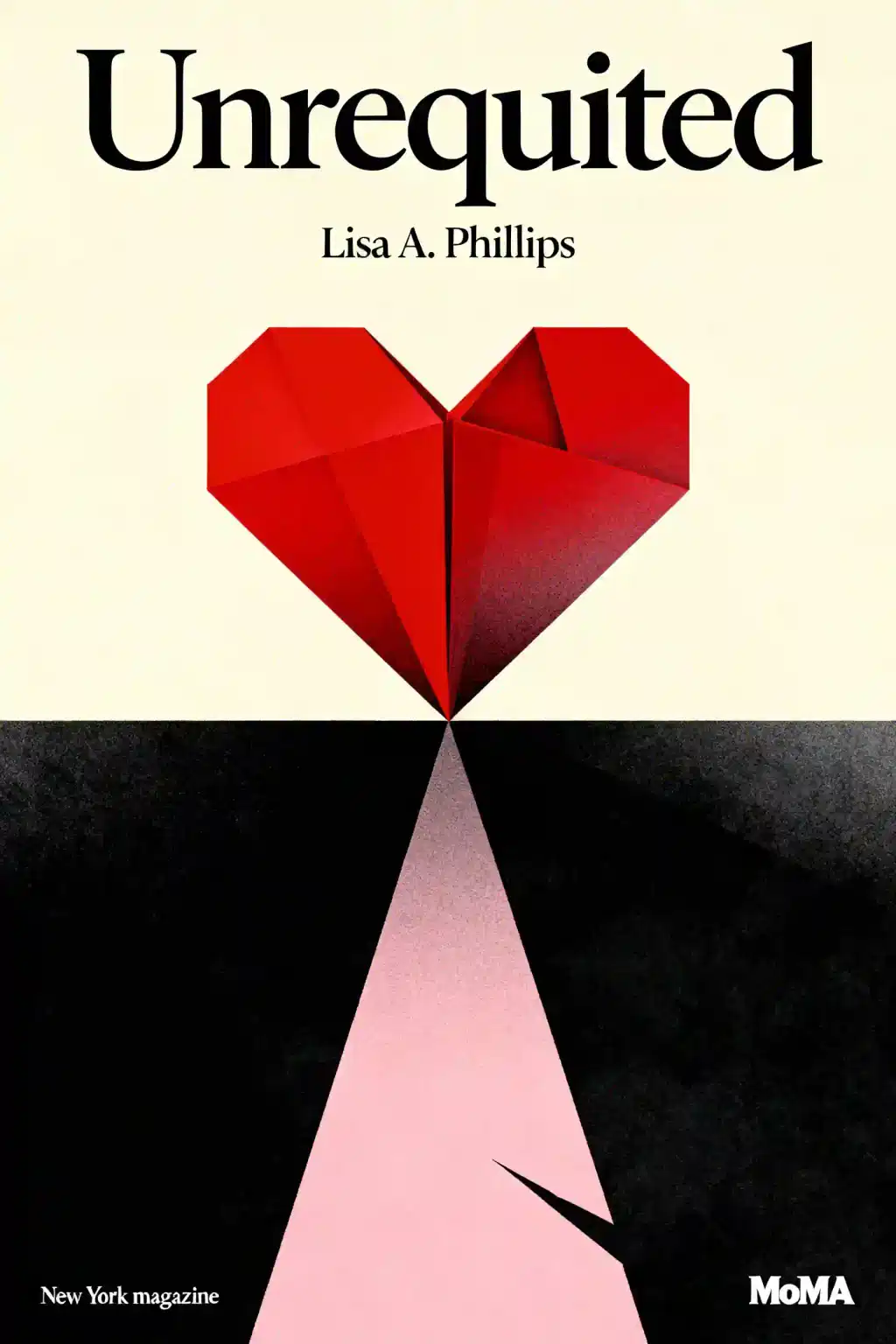What is
Women Who Love Too Much by Robin Norwood about?
Women Who Love Too Much explores patterns of obsessive attachment in relationships, where women mistake emotional pain for love. Robin Norwood, a therapist, identifies how childhood trauma drives attraction to emotionally unavailable partners and offers a 10-step recovery program to break cycles of codependency and rebuild self-worth. The book combines case studies (like Jill’s relentless pursuit of Randy) with actionable strategies for healthier relationships.
Who should read
Women Who Love Too Much?
This book is critical for women stuck in one-sided relationships, those prioritizing partners’ needs over their own, or anyone recognizing codependent behaviors. It’s also valuable for therapists addressing relationship addiction. Norwood’s insights resonate with readers seeking to understand why they’re drawn to distant or troubled partners and how to cultivate self-love.
Is
Women Who Love Too Much worth reading in 2025?
Yes, its timeless analysis of codependency remains relevant, especially as modern dating trends amplify emotional unavailability. The 10-step framework provides concrete tools for breaking toxic cycles, making it a practical guide for those navigating apps, ghosting, or ambiguous relationships. Critics praise its empathetic approach but note its narrow focus on heterosexual dynamics.
What are the signs of “loving too much” according to Robin Norwood?
Key signs include obsessive thoughts about a partner’s approval, tolerating disrespect to avoid abandonment, and equating suffering with devotion. Norwood highlights behaviors like compulsive communication (e.g., Jill’s nightly calls to Randy) and prioritizing a partner’s emotional needs over one’s own well-being.
How does childhood trauma influence relationship patterns in the book?
Norwood links childhood experiences—like neglect or parental addiction—to adult attraction to emotionally distant partners. Women who grew up feeling unlovable often seek validation through “fixing” troubled partners, recreating familiar but harmful dynamics. This pattern perpetuates low self-esteem and substance abuse, as seen in Brenda’s case.
What is Robin Norwood’s 10-step recovery program?
The program includes steps like ending destructive relationships, seeking therapy, and building self-care routines. It emphasizes breaking codependency by focusing on personal growth instead of “saving” partners. Norwood advocates journaling, support groups, and redefining love as mutual respect rather than obsession.
How does
Women Who Love Too Much define a “love addict”?
A “love addict” bases self-worth on a partner’s attention, tolerates abuse to avoid loneliness, and obsessively chases emotionally unavailable men. Norwood contrasts this with healthy love, which involves reciprocity and emotional safety. The book argues addiction stems from childhood voids, not genuine connection.
What critiques exist about
Women Who Love Too Much?
Critics argue the book oversimplifies complex relationships and lacks diversity in its examples (e.g., focusing on heterosexual women). Some find its 1985 terminology outdated but acknowledge its pioneering role in codependency discourse. Others note it doesn’t address systemic factors like economic dependence.
How does the book address emotionally unavailable partners?
Norwood describes how these partners (often struggling with addiction or commitment phobia) reinforce a woman’s belief that she must “earn” love through sacrifice. By staying emotionally distant, they mirror childhood dynamics, keeping the woman trapped in a cycle of pursuit and rejection, as seen with Randy.
What real-life examples does Robin Norwood use?
Case studies include Jill, who flew cross-country to win over an indifferent partner, and Brenda, whose food addiction worsened as she sought validation. These examples illustrate how obsession escalates into self-destructive behaviors when validation isn’t reciprocated.
How does
Women Who Love Too Much compare to
Codependent No More?
Both address codependency, but Norwood’s book focuses narrowly on romantic relationships, while Melody Beattie’s work covers broader familial and platonic dynamics. Norwood offers a structured recovery plan, whereas Beattie emphasizes daily affirmations and boundary-setting. Both remain foundational in self-help genres.
Why is “new cheese” a metaphor in the book?
While not directly from Norwood’s work, “new cheese” (referenced in a search result about another book) symbolizes adaptability. For Women Who Love Too Much, the parallel concept is “healthy love”—releasing outdated patterns to embrace relationships built on mutual respect rather than obsession.














